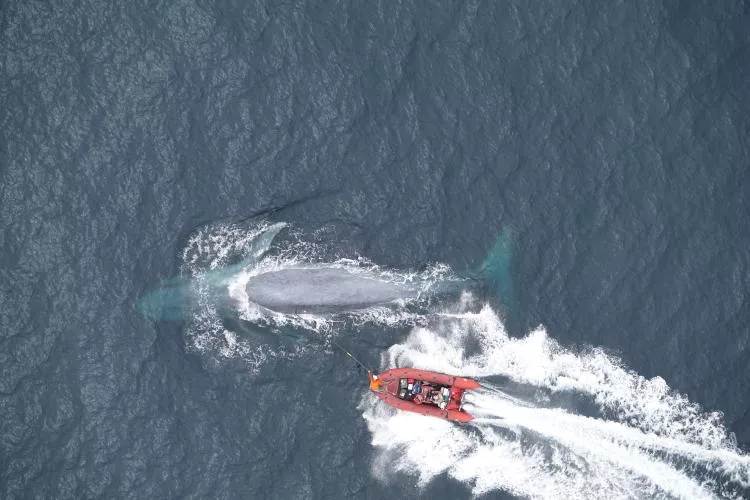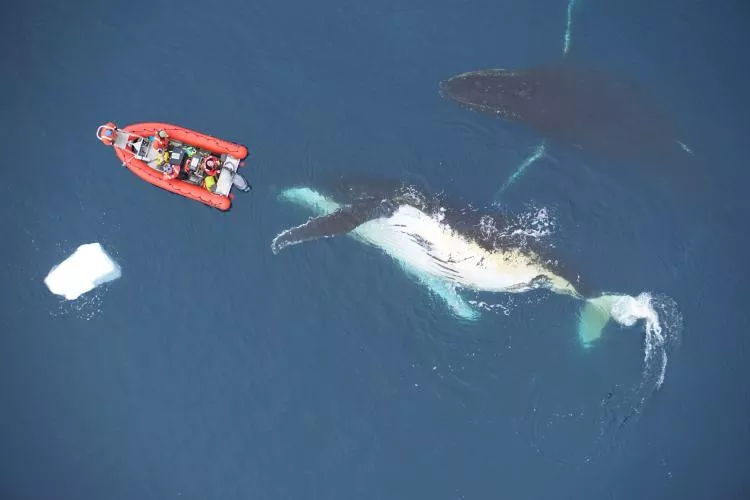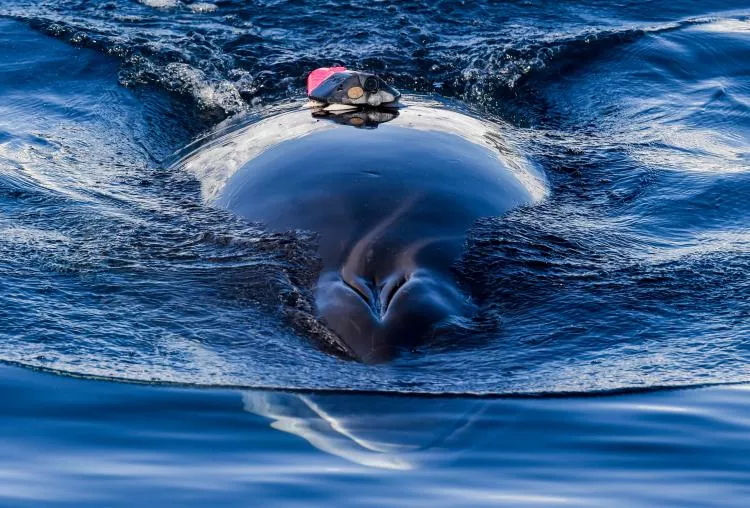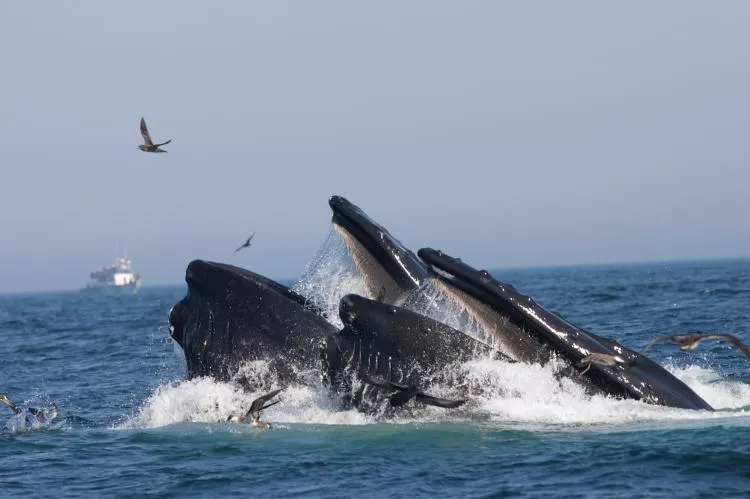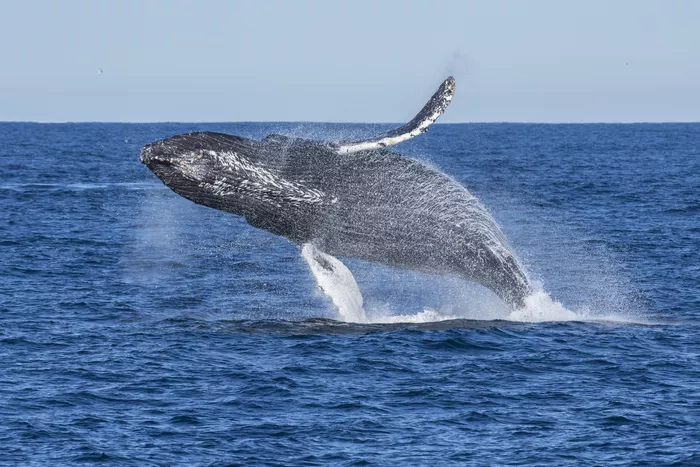Baleen whales eat more than previously thought
It seems that the question of how much baleen whales eat every day is one that has far-reaching implications not just for the whales themselves, but entire oceanic ecosystems as well.
How much do baleen whales eat every day?
Researchers have discovered that baleen whales actually eat an average of three times more food than previously thought. This in turn means that we have been underestimating their impact and contribution to ocean’s ecosystems.
This finding was shared in a paper in a recent issue of the Nature journal.
The fact that baleen whales consume much more prey than we had previously thought means that their bodies are “processing” more prey animals and emitting more whale poop, which is an important source of nutrients in the ocean.
In doing so, they help keep key nutrients suspended close to the surface where the poop fuels blooms of carbon-absorbing phytoplankton, the basis of oceanic food webs.
Without the whales, these nutrients would otherwise sink to the seafloor, limiting productivity in certain parts of the ocean and this would in turn reduce the capacity of ocean ecosystems to absorb carbon dioxide.
The research involved 321 whales across seven species tagged between 2010 and 2019. In addition to tagging the whales, drone photos of 105 whales were taken to measure their respective lengths. At feeding sites, members of the team also used echo-sounders to detect sound waves to measure the size and density of krill swarms and other prey species.
It was discovered that an adult eastern North Pacific blue whale consumed 16 metric tons of krill daily during its foraging season. For North Atlantic right whales and bowhead whales, the amount was roughly five and six metric tons of small zooplankton respectively.
“Our results say that if we restore whale populations to pre-whaling levels seen at the beginning of the 20th century, we’ll restore a huge amount of lost function to ocean ecosystems,” said co-author Nicholas Pyenson, curator of fossil marine mammals at the Smithsonian’s National Museum of Natural History.
“It may take a few decades to see the benefit, but it’s the clearest read yet about the massive role of large whales on our planet.”


